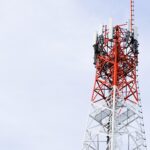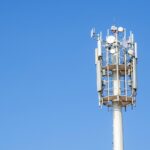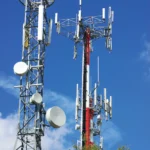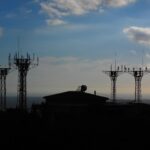We’re beginning to see more requests for Small Cell installations within our property portfolio. Unfortunately, the offer on the table is just $200 per month, which is significantly lower compared to the rent paid for traditional macro cell sites. Typically, a small cell setup involves installing a 50-foot wooden pole on the property with most of the necessary equipment attached to it, leaving only a few utilities aside. However, it’s important to note that rent isn’t solely based on the square footage occupied by the equipment. It also takes into account the access and utility easements required, as well as the level of disruption to the privacy of surrounding homes or businesses.
In contrast, macro cell sites, which provide widespread coverage, typically offer around $1,000 or more in rent, depending on various factors. Wireless carriers often claim through their leasing agents that small cells have minimal impact on the land, justifying lower rent rates. However, contract leasing companies have confided that they are struggling to convince landlords to accept rent offers of $200, as the infrastructure and maintenance costs for the electronics remain substantial. This has made small cell deployments increasingly difficult on private properties. If you’ve been approached to host a small cell for just $200 per month, it’s important to recognize that this is part of an industry-wide effort by carriers to reduce rent costs, though they’ve met with resistance.
In May 2016, CommScope reported that national carriers were committed to rolling out an extensive network of small cells in business locations as part of their strategy to enhance coverage and prepare for 5G services. These small cells are based on advanced Qualcomm chipsets supporting both LTE and Wi-Fi.
Sprint, for instance, is focusing on small cells to enhance its network while controlling costs. Sprint’s CEO, Marcelo Claure, stated that as a more budget-conscious carrier, Sprint is adopting a smarter, site-by-site deployment strategy rather than signing long-term agreements with tower companies.
In March 2016, the wireless industry saw an increased focus on deploying small cells on utility poles, with rents sometimes as low as $60 per month. This shift indicates that traditional macro cell towers may become less necessary as small cells are deployed in more urban settings.
The increasing demand for small cell engineers is also a sign of how quickly this segment is growing. Many wireless carriers are actively seeking small cell engineers to support their expanding networks. This trend makes 2016 a pivotal year for small cell buildouts in the industry.







